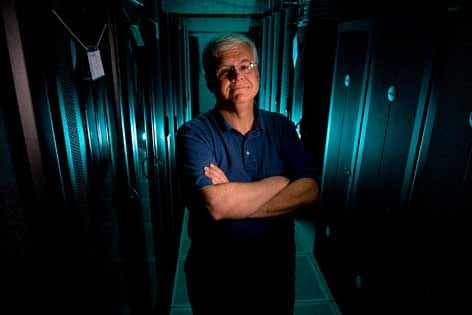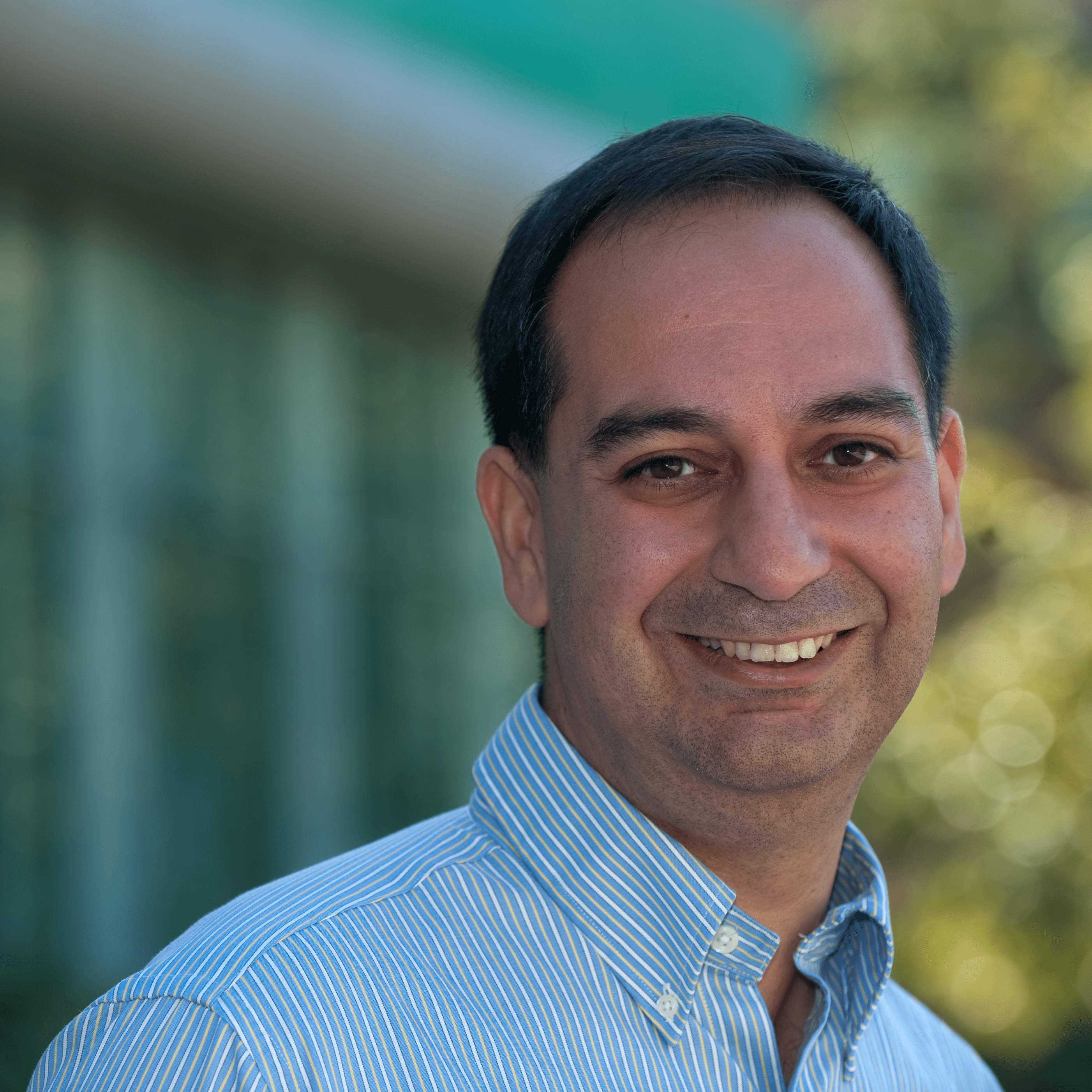IT consolidation explained
A group of senior managers looking at ideas for enhancing business processes and saving money recommended that various campus IT groups consolidate into a single organization. How is it working?

In fall 2008, Executive Vice Chancellor & Provost Michael Gottfredson convened a group of senior managers to look at “big ideas” for streamlining and enhancing business processes and achieving cost savings at UC Irvine.
A key recommendation of the information technology work group was to consolidate the various IT groups on campus into a single organization – now called the Office of Information Technology.
Here, Dana Roode, assistant vice chancellor for information technology, discusses the consolidation effort currently under way:
Q. What are the goals of the consolidation?
A. By bringing together decentralized IT personnel and resources, we can better meet campus IT needs and provide quality services – such as a help desk, e-mail, server administration, desktop support, calendaring and backup – to administrative units, enabling them to focus more directly on their core missions. It also lets us eliminate duplication of effort, provide in-depth expertise to units and offer IT staff a supportive work environment with growth opportunities.
Q. Is this a reaction to limited resources?
A. We need to do the most – and the best – we can with available resources. In addition, the consolidation will benefit the campus by creating economies of scale as we make IT investments for the future – investments for the good of the entire campus, not just the few units that previously could afford them.
Q. What about cost savings?
A. Immediate cost savings are not a goal, though we are saving some money by not filling recently vacated positions. It’s more important to make optimal use of existing resources while meeting the university’s broad range of IT needs.
Q. Will jobs be lost due to consolidation?
A. No.
Q. What units are involved?
A. The Office of Information Technology was formed by consolidating Administrative Computing Services, Network & Academic Computing Services and IT/computing services in Academic Affairs, the Graduate Division and the Office of Research. OIT is working on further integration with Student Affairs, University Advancement, Distribution & Document Management, Parking and Athletics. Current plans call for IT staff in most administrative areas to be merged into OIT by September.
Q. Will IT staff joining OIT be moved to a central location?
A. Staff will remain where they are for now. In the longer term, they’ll be deployed where they can best serve their clients – in either the units themselves, regional support locations or a central IT office.
Q. Will IT staff from academic units be included in OIT?
A. There are no immediate plans to do so. However, once the administrative integration is complete, we will be working with deans, school computing directors and a faculty advisory group to explore how academic units can best take advantage of campus IT integration. Regardless of the outcome of this discussion, OIT will continue to strengthen and expand the range of services it offers to anyone on campus.
Q. Will OIT mandate the use of common software and hardware across campus?
A. Common standards are essential to providing efficient services and capabilities. These will be developed through broad consultation, discussion and – ultimately – consensus. OIT will play a leading role in this process and in implementing, supporting and evolving campus IT standards. We recognize that in some cases we will need to make exceptions.
Q. Is there a specific strategy guiding the consolidation?
A. Yes: Build on existing structures and successes to keep operations running smoothly and maintain momentum; change only what must be changed to achieve successful integration; enhance services we currently offer; and, where possible, facilitate the completion of IT projects in which staff and resource shortages have limited progress.
Q. How will OIT prioritize requests?
A. Routine end-user requests requiring quick turnaround will be fielded by the central help desk. Larger requests will be prioritized based on “business impact,” and requests involving resources beyond those existing in OIT will be evaluated under a process established by the IT Oversight Committee.
Q. How is OIT organized and guided?
A. Campus units regularly provide input to OIT staff assigned to them. We also consult with a broad range of campus groups, and overall guidance is provided by the IT Oversight Committee. Client surveys are another important source of feedback. We completed a survey in January of individuals directly supported by OIT and expect to repeat this every six to 12 months during the early stages of consolidation.
Q. How are things going so far?
A. Despite understandable apprehension in some quarters, the consolidation is proceeding smoothly, with many positive comments from both IT staff and the units they support. Significant challenges remain, but I’m confident we’ll overcome them through strong partnerships with units and solid teamwork among our IT professionals.


